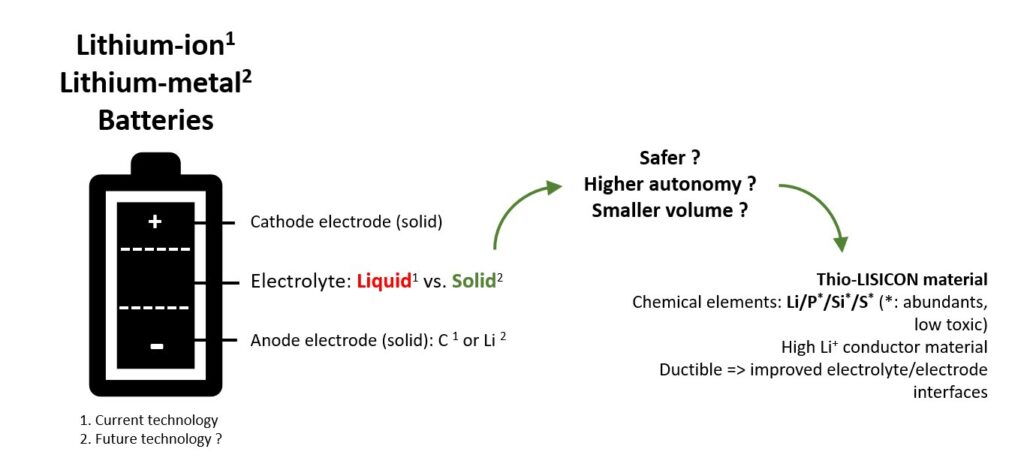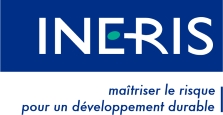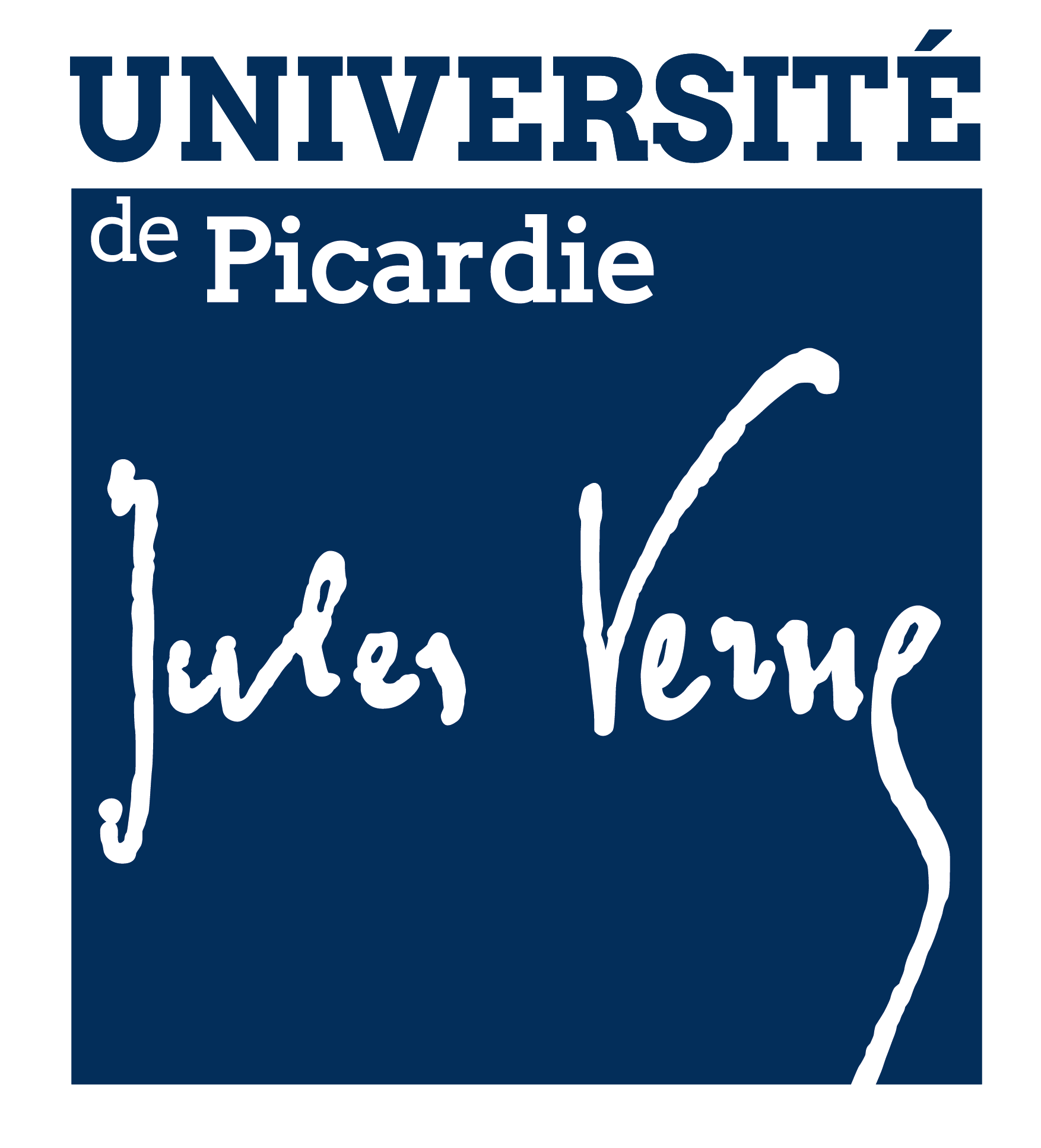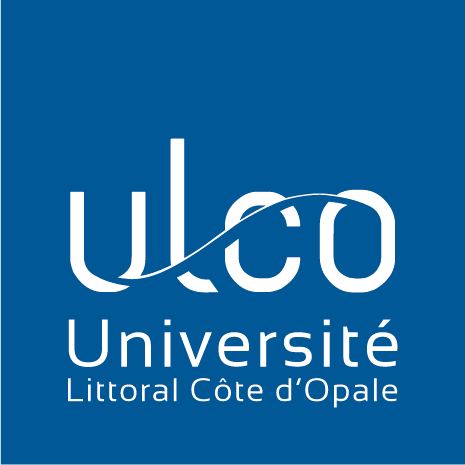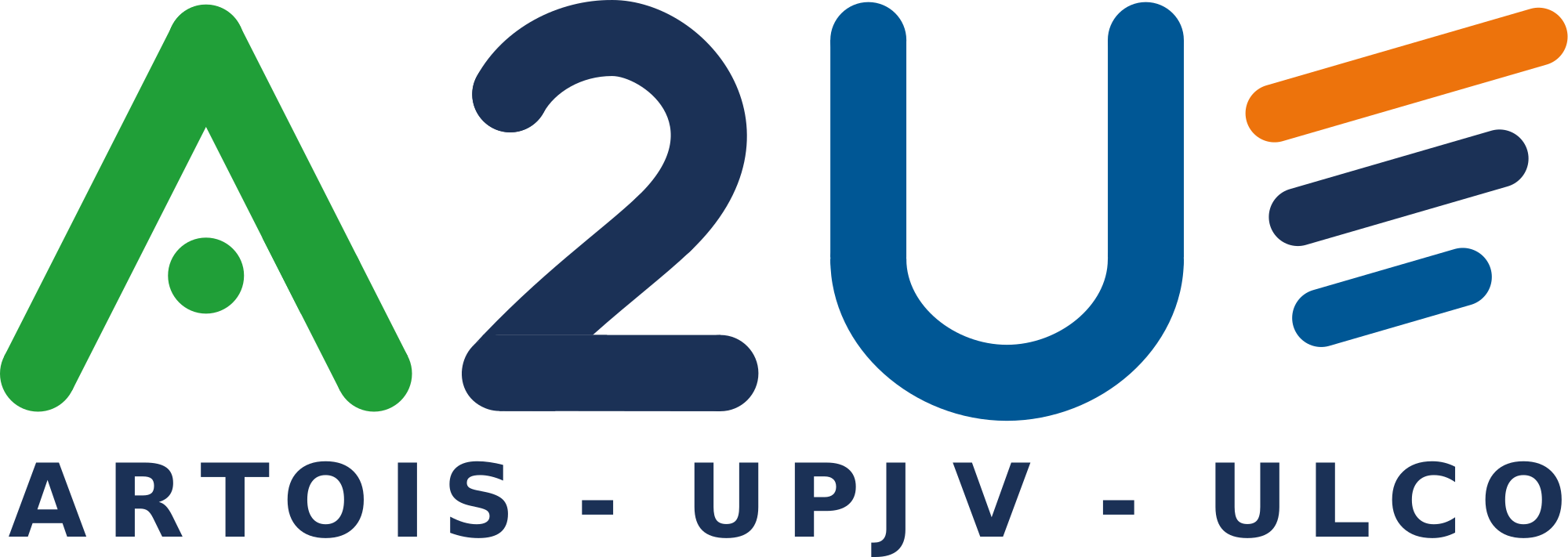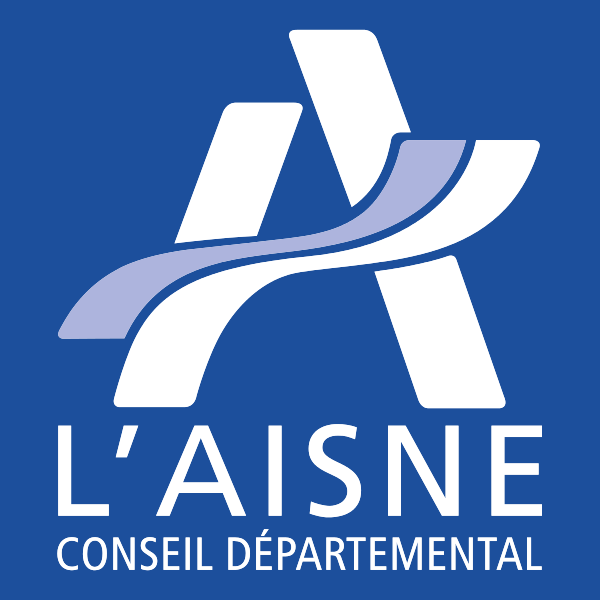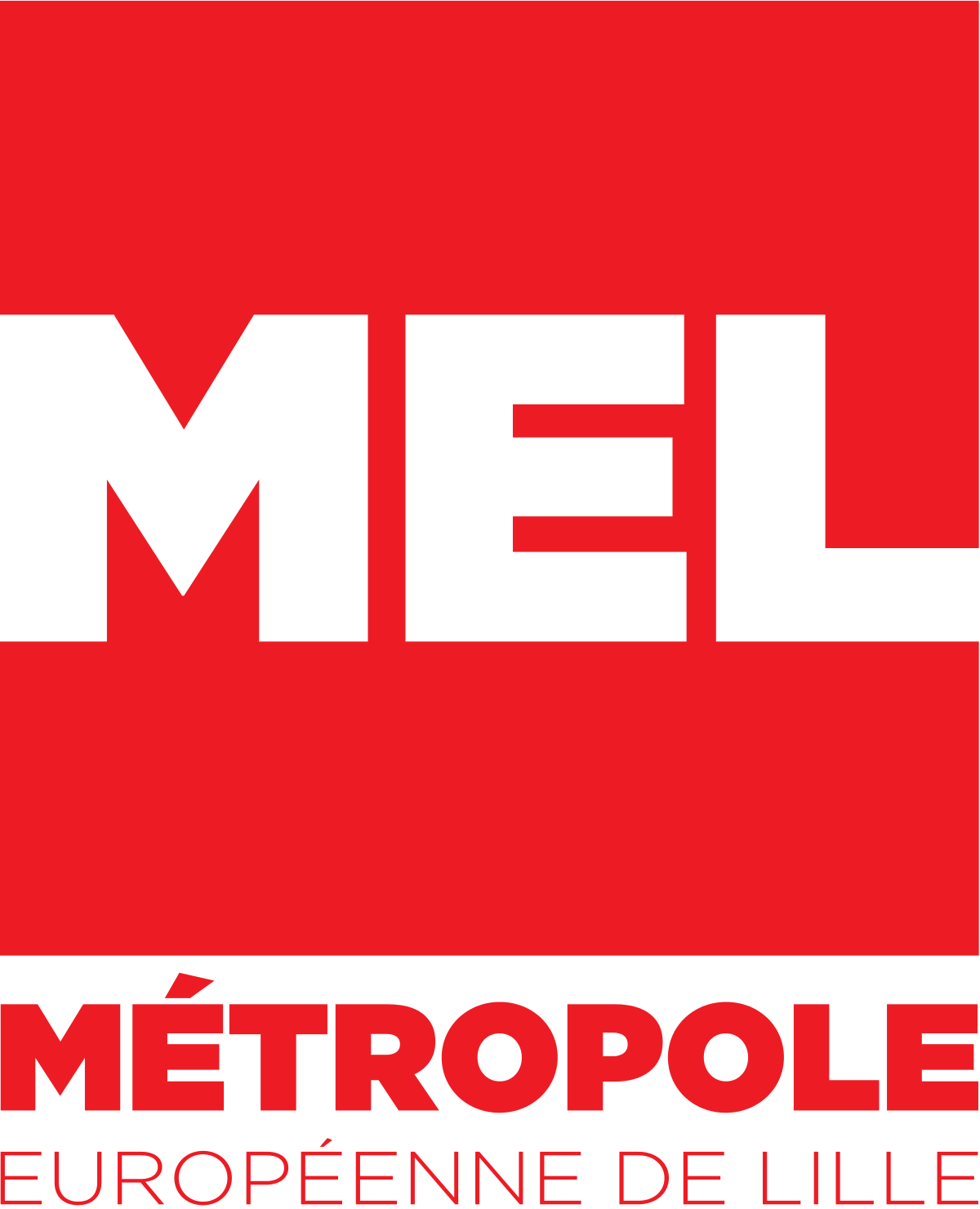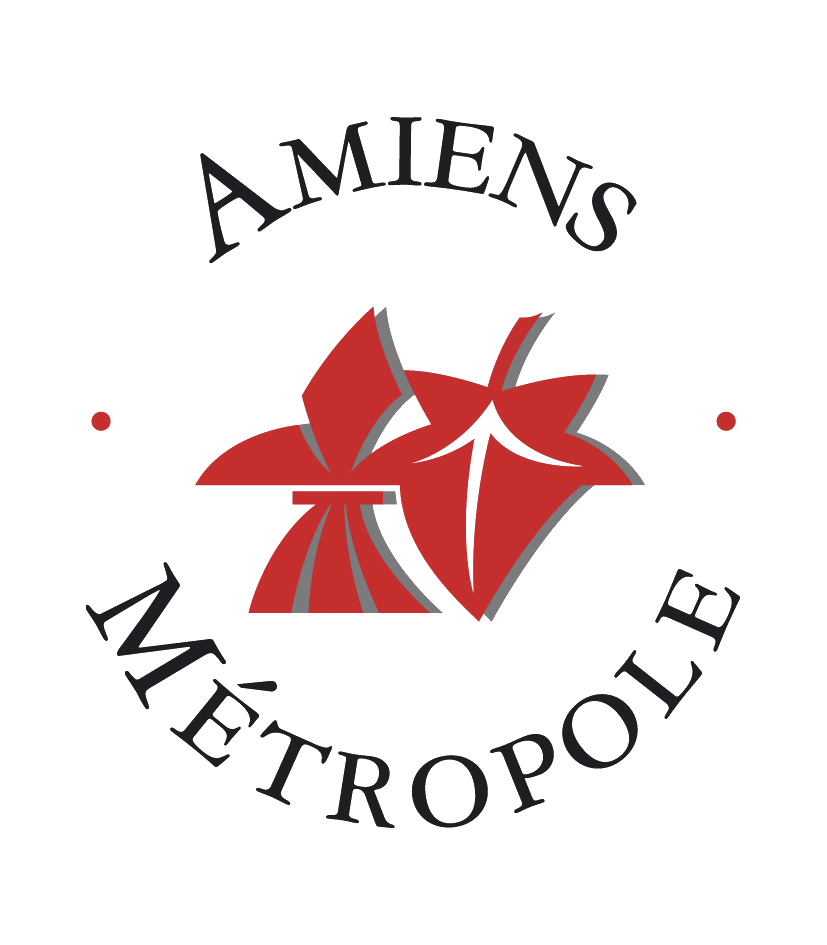Lithium ionic conductors from the Li3PS4 – Li4SiS4 thio-LISICON binary
Safety, cost, energy, power… four concepts that are driving energy storage research worldwide. While the lithium-ion technology powers most of the devices currently available on the market (transport, communication, stationary storage) as being competitive and of high energy-density, it cannot totally prevent the risks of leak (fire, explosion). The reason: the liquid component (volatile, flammable) – called electrolyte – present between the two electrodes of the device and allowing the lithium (Li+) ions to travel between electrodes. The technology that could overpasses current systems in the future is based on the “all-solid” concept, in which the liquid electrolyte is replaced by a solid material.
The aim of the current project between the LRCS (UPJV, Amiens) and the LPCA (ULCO, Dunkerque) laboratories is to synthesize glassy solid electrolytes from abundant, and low-toxic elements as phosphorus (P), sulphur (S) and silicon (Si). The advantage of combining these chemical elements with this type of material (glass) is that it can potentially lead to the production of high-conducting Li-ion materials, while offering good mechanical properties to optimize electrode/electrolyte contacts within the battery. The collaboration between the LRCS and the LPCA combines electrochemical expertise in energy storage with glass synthesis know-how.
